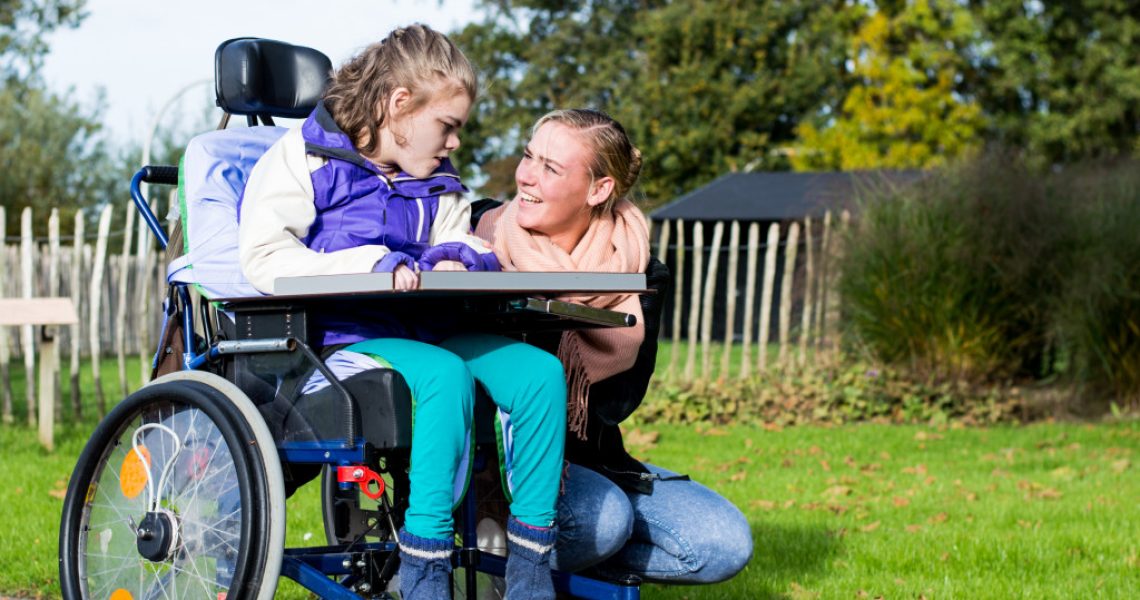According to the World Health Organization, over a billion people worldwide live with some form of disability. In the United States, nearly one in five people have a disability. People with disabilities often face discrimination and exclusion in many areas of life. This can make it difficult for them to get an education, find employment, or access healthcare and other services.
There are laws in place to protect the rights of people with disabilities, but these are not always enforced. In addition, many people with disabilities still face stigma and misunderstanding from society.
There is much work to ensure that people with disabilities have the same opportunities and rights as everyone else. However, by increasing awareness and understanding of issues facing people with disabilities, the world can progress towards a more inclusive society.
One way the world is handling disability is through technology. Technology has been improving vastly throughout the years, and it’s helping disabled people attain their goals in life. Here are some ways technology is changing disabled people’s lives.
How technology is changing the lives of disabled people
Technology has been used to aid disabled people for a long time, but it is only recently that this view has been used as a solution. It’s affecting various aspects of disabled people’s everyday lives. Here are some of them.
- Communication: Technology has helped disabled people to communicate by providing them with alternative methods of communication, such as sign language interpreters and text-to-speech tools.
- Education: Technology has made it possible for disabled people to access education previously inaccessible to them. For example, there are now online courses and resources that people with disabilities can access.
- Employment: Technology has helped disabled people to find employment by providing them with new opportunities, such as telecommuting and working from home. In addition, many employers are now using technology to make their workplaces more accessible for people with disabilities.
- Business Start-ups: Technology has also made it easier for disabled people to start businesses. There are now many online platforms and resources that provide support and advice for disabled people. Some are even providing a platform for disabled veteran-owned small businesses. These platforms make it easier to connect with other veterans and expand their audience.
- Recreation: Technology has allowed disabled people to participate in recreational activities that were once unavailable. For example, there are now many online games and videos accessible to people with disabilities. It can also help them avoid obesity by having access to various sports and exercise.
- Healthcare: Technology has made it easier for disabled people to access healthcare services and information. For example, there are now many online resources that provide information about healthcare for disabled people.
The potential for further change

Technology has already made a significant impact on the lives of disabled people, but there is still much potential for further change. For example, new assistive technologies are being developed all the time. In addition, as more and more people with disabilities gain access to technology, we are likely to see even more positive changes in their lives.
New assistive technology includes certain robots and AI. A couple of good examples is exoskeletons and robotic companions.
Exoskeletons
Exoskeletons are wearable robots that help people with disabilities to walk and move around. They are often used for rehabilitation, but there are also models that can be used for everyday activities.
Robotic companions
Robotic companions are small robots that help disabled people to live independently. One particular robotic companion known as ‘Stevie’ can provide support for a range of activities, but primarily it can give the emotional need that certain disabled and elderly people need.
This emotional need is essential as social interactions are key for human development. Without it, many people can turn into self-pity and depression.
Microbots
Microbots are another form of robotic technology that is currently being developed. They are essentially bots as small as cells and can do all sorts of miraculous things, including repairing the human body from the inside. This seems like something out of a science-fiction novel, but it’s not.
This particular technology is slowly becoming a reality. It’s still in its early developmental stages, but it holds a lot of promise for the future. It could potentially revolutionize the way we treat disabilities and help people with all sorts of health conditions, including cancer.
Technology can change the lives of disabled people for the better and help them live more independently. There are many new technologies that are being developed all the time. As more and more people with disabilities gain access to technology, people are likely to see even more positive changes in their lives.

